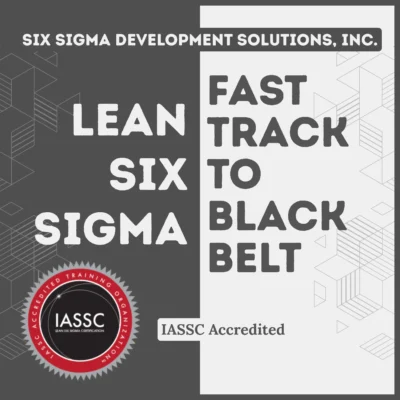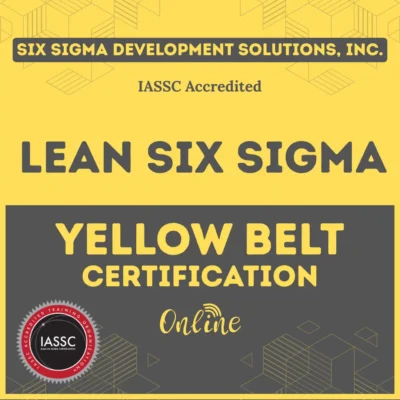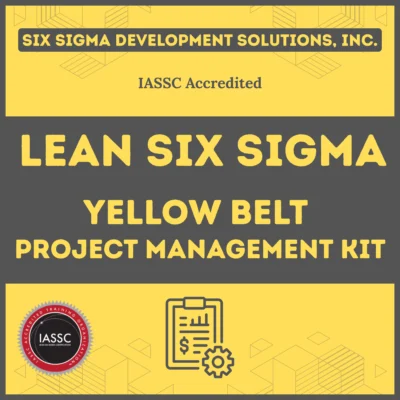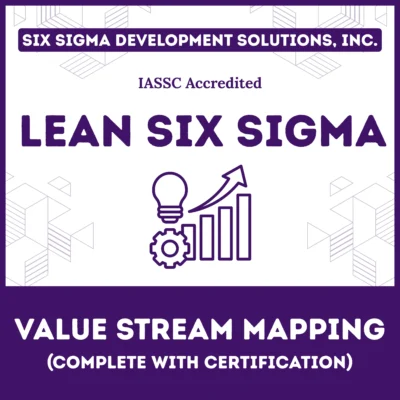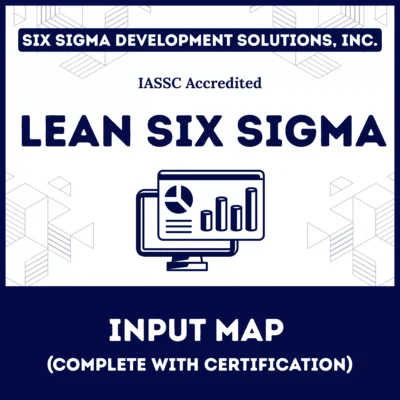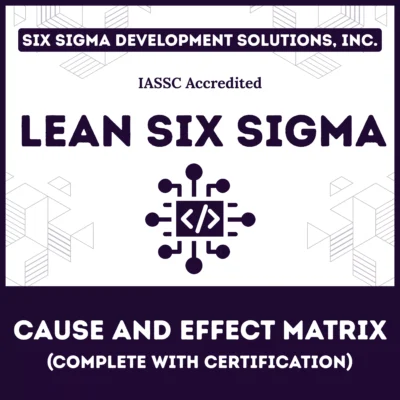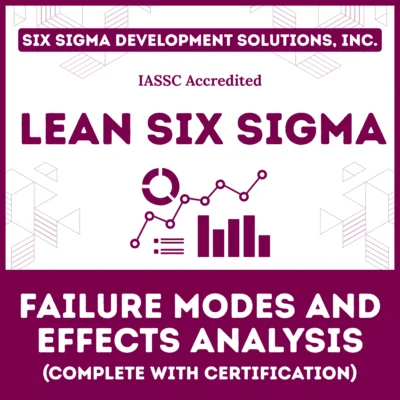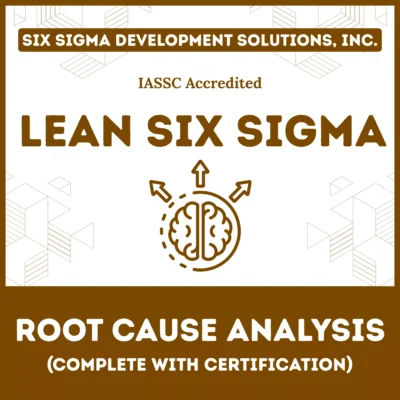A pilot run, also known as a trial production run or production validation test (PVT), is a small-scale manufacturing process conducted before full-scale production. It involves producing a limited quantity of a product under actual production conditions to evaluate the feasibility, functionality, and efficiency of the manufacturing process.
Table of contents
What is a Pilot Run?
A pilot run, also known as a trial production run or production validation test (PVT), is a vital, small-scale implementation of a new product, service, or process. You conduct the trial before committing to a full, widespread launch.
Think of this run as a controlled, full-scale rehearsal. It lets you test the process, identify potential problems, and gather essential feedback before you invest significant resources.
For example, a bakery launching a new bread should not immediately jump into mass production. They should first bake a small batch. Selling this batch in only one or two stores is the pilot run. This effort lets them assess customer reception, refine the baking process, and perfect their strategy before scaling up operations globally.
Public, Onsite, Virtual, and Online Six Sigma Certification Training!
- We are accredited by the IASSC.
- Live Public Training at 52 Sites.
- Live Virtual Training.
- Onsite Training (at your organization).
- Interactive Online (self-paced) training,
Purpose
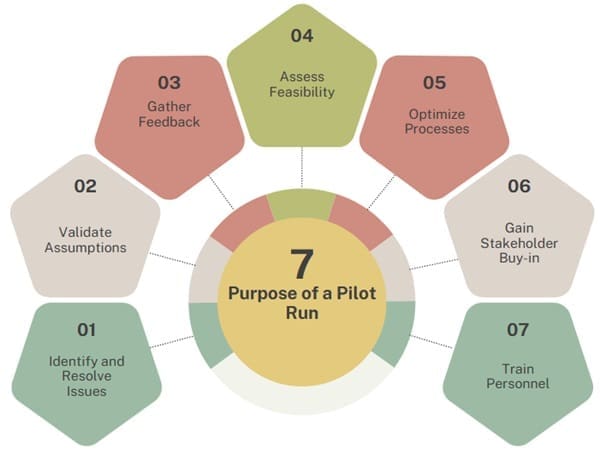
The main purpose of a pilot run is to mitigate risks and ensure a smoother, more successful full-scale implementation. The exercise achieves this through several key strategic objectives:
- Identify and Resolve Issues: The trial quickly uncovers potential problems or inefficiencies in production, logistics, or user experience (UX). You find bugs early.
- Validate Assumptions: It provides a necessary opportunity to test your initial assumptions about the new process or offering in a real-world setting.
- Gather Feedback: You collect crucial, actionable feedback from a small group of users or internal stakeholders. This feedback provides immediate insights into preferences and areas needing improvement.
- Assess Feasibility: This stage determines if the full-scale implementation is financially and operationally feasible. You evaluate required resources, timelines, costs, and logistical needs.
- Optimize Processes: When testing a new process, the run helps you evaluate efficiency, spot bottlenecks, and optimize workflows for long-term effectiveness.
- Gain Stakeholder Buy-in: Successful results provide tangible proof of the offering’s benefits. This secures support from key stakeholders, investors, and management.
- Train Personnel: It serves as a practical training ground. Your teams familiarize themselves with new procedures, technology, or systems on a smaller, safer scale.
Key Objectives
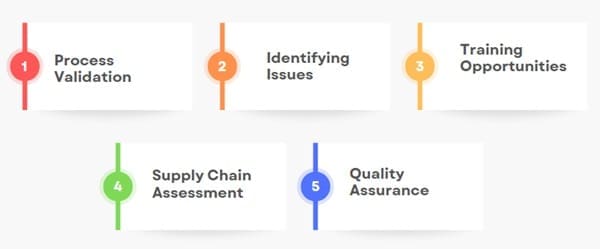
Your pilot run must meet specific goals to be considered a success. These objectives confirm the readiness of your process for mass production:
- Process Validation: Confirm manufacturing processes consistently produce products that meet required quality standards.
- Issue Detection: Actively detect and document potential flaws in design, materials, equipment, or workflow before mass production begins.
- Training Platform: Offer a practical platform for training operators and staff on new equipment and revised processes.
- Supply Chain Assessment: Test the readiness of suppliers and logistics partners to support full-scale production volumes.
- Quality Assurance: Verify that the final product consistently meets all customer specifications and regulatory requirements.
Also Read: What is Design for Six Sigma?
Importance
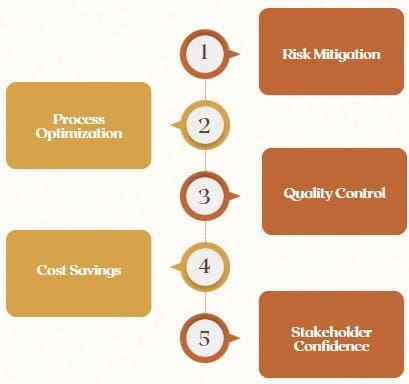
Pilot runs offer significant advantages. They directly contribute to the overall success and profitability of any manufacturing or service project.
- Stakeholder Confidence: Successful results prove your commitment to quality and reliability. This builds essential confidence among investors, customers, and regulatory bodies.
- Risk Mitigation: Identifying and addressing issues early drastically reduces the risk of defects, costly delays, and budget overruns during full-scale operation.
- Process Optimization: The data you gather enables you to optimize workflows, reduce physical and financial waste, and increase productivity.
- Quality Control: Thorough testing during the trial ensures the product or service meets the highest desired standards and specifications before it ever reaches the broader market.
- Cost Savings: Fixing issues in a small pilot run is exponentially cheaper than managing widespread product recalls, reworks, or production stoppages after a full launch.
Pilot Run vs. Beta Testing
While both pilot runs and beta testing involve real users testing a new offering before a full launch, there are some key differences:
| Feature | Pilot Run | Beta Testing |
| Scope | Focused on a specific process, production line, or system | Encompasses a broader set of features or complete product experience |
| Environment | May occur in a controlled test environment or on-site real-world setup | Conducted in real-world user environments |
| Timing | Happens at different points (mid-development, pre-production, process changes) | Happens later in the development cycle, close to product release |
| Purpose | Validate feasibility, fine-tune operations, and identify technical/process flaws | Identify functional bugs, test usability, and gauge user satisfaction |
| User Group | Internal team members, technical experts, limited end users | General users, broader demographics, potential customers |
| Feedback Type | Both qualitative and quantitative: includes production data, performance logs | Mostly qualitative: user feedback, bug reports, usability issues |
| Primary Focus | Process validation, readiness for mass production | Product functionality, interface experience, user satisfaction |
| Output Volume | Limited production volume, sometimes sellable but often for testing only | Full or limited feature set offered to testers; not always production quality |
| Training Involvement | Used for internal training on new processes or equipment | Not used for training; focuses on how intuitive and user-friendly the product is |
| Risk Level | Technical and operational risk is tested and minimized | User experience and market perception risks are tested |
| Iterative Nature | May require multiple pilot runs to perfect the process | Usually one or two rounds before release |
| Duration | Can last days to weeks depending on complexity | Typically lasts for a few weeks |
| Measurement Criteria | Yield rate, downtime, defect detection, throughput | User engagement, error reports, task completion rates |
| Involvement of QA | High involvement – quality assurance monitors process reliability | QA may oversee bug reporting, but users provide most feedback |
| Regulatory Use | Common in regulated industries (e.g., pharma, aerospace, medical devices) | Less used for compliance; more for usability and feature validation |
| Example Use Case | Testing a new assembly line for an EV battery production | Testing a new app version with real users to detect usability issues |
Types of Pilot Runs

Trial runs vary based on their objectives and the product development stage:
- Manufacturing Validation Pilot Run (MVPR): The focus shifts entirely to the production line. This ensures repeatability, stability, and scale-up readiness of the manufacturing process itself.
- Engineering Validation Pilot Run (EVPR): This run focuses on validating the core engineering aspects of the product. This includes design integrity, functionality, and basic manufacturability. You typically conduct the EVPR in the early development stages.
- Design Validation Pilot Run (DVPR): This stage checks if the design meets customer needs and regulatory compliance under production conditions.
Steps Involved in a Pilot Run
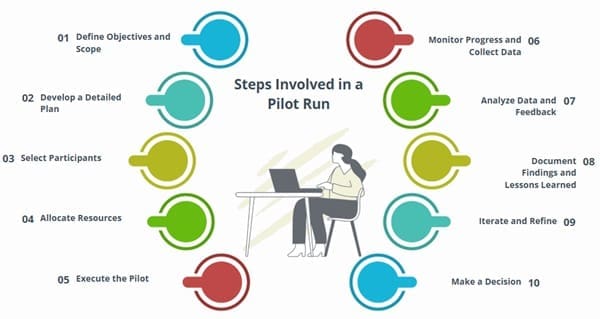
Here’s a general outline of the key stages involved:
- Define Objectives and Scope: Clearly articulate what we want to achieve with the pilot run and define its boundaries. What specific aspects of the new offering or process will we test? What are the key questions we want to answer?
- Develop a Detailed Plan: Create a comprehensive plan that outlines all the activities, timelines, resources, and responsibilities involved in the pilot run. This plan should include the selection of participants, the duration of the pilot, the data collection methods, and the evaluation process.
- Select Participants: Choose a representative group of users or stakeholders who will participate in the pilot run. This group should ideally reflect the characteristics of the broader target audience or the employees who will eventually use the new process.
- Allocate Resources: Identify and allocate the necessary resources for the pilot run, including personnel, budget, equipment, and materials.
- Execute the Pilot: Implement the pilot run according to the defined plan. This involves deploying the new product, service, or process to the selected participants and allowing them to interact with it in a real-world or simulated environment.
- Monitor Progress and Collect Data: Throughout the pilot run, closely monitor its progress and collect relevant data based on the defined metrics. This may involve surveys, interviews, usage data, performance metrics, and feedback forms.
- Analyze Data and Feedback: Once the pilot run is complete, analyze the collected data and feedback to identify any issues, gather insights, and evaluate the pilot’s success against the defined objectives and criteria.
- Document Findings and Lessons Learned: Document all the findings, issues identified, feedback received, and lessons learned during the pilot run.
- Iterate and Refine: Based on the analysis of the pilot run, make necessary adjustments and refinements to the product, service, process, or implementation plan.
- Make a Decision: Based on the results of the pilot run and the subsequent iterations, make an informed decision about whether to proceed with the full-scale implementation, make further modifications, or abandon the initiative.
Also Read: What is Simulation?
How to Plan a Successful Pilot Run?
Follow these established guidelines to maximize the effectiveness of these trials:
- Cross-Functional Collaboration: Involve all necessary departments. Engineering, quality assurance, production, and supply chain must be included to ensure comprehensive testing.
- Clear Communication: Maintain open and transparent communication with all stakeholders. This facilitates smooth execution and timely issue resolution.
- Detailed Documentation: Keep thorough, meticulous records of all procedures, data collected, and outcomes. This supports decision-making and continuous future improvements.
- Continuous Monitoring: Continuously monitor the pilot run using real-time data. This allows you to detect and address issues instantly, ensuring accurate data collection.
- Post-Pilot Review: Conduct a mandatory review session. Assess the effectiveness of the run, document lessons learned, and formalize insights to apply to future projects.
Key Metrics for a Pilot Run

To effectively evaluate the success of a pilot run, we need to track relevant metrics. These metrics will vary depending on the objectives and the nature of the pilot, but some common examples include:
- Usability Metrics: Task completion rates, time on task, error rates, user satisfaction scores (e.g., through surveys).
- Performance Metrics: System response time, efficiency gains, error rates in a process.
- Adoption Metrics: Usage frequency, feature adoption rates, number of active users.
- Feedback Metrics: Qualitative feedback from surveys and interviews, number of reported issues or bugs.
- Business Impact Metrics: Sales figures (for a new product), cost savings (for a new process), customer satisfaction scores.
- Technical Metrics: System stability, integration issues, performance under load.
- Operational Metrics: Resource utilization, process efficiency, cycle times.
- Risk Mitigation Metrics: Number of critical issues identified and resolved during the pilot.
Best Practices for Successful Pilot Runs
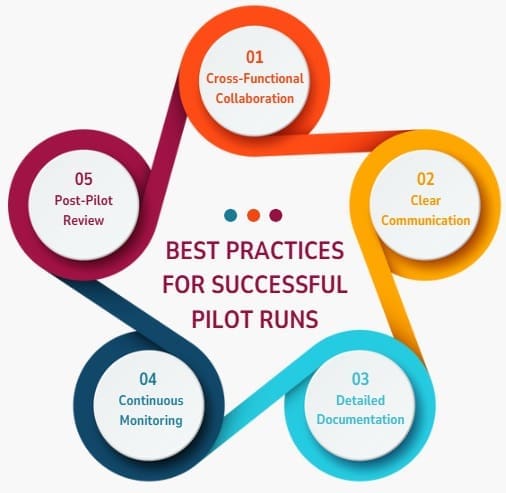
To maximize the effectiveness of pilot runs, manufacturers should adhere to the following best practices:
1. Cross-Functional Collaboration
Involve all relevant departments, including engineering, quality assurance, production, and supply chain, to ensure comprehensive testing and validation.
2. Clear Communication
Maintain open and clear communication among all stakeholders to facilitate the smooth execution of the pilot run and timely resolution of issues.
3. Detailed Documentation
Keep thorough records of the pilot run process, including objectives, procedures, data collected, and outcomes, to support decision-making and future improvements.
4. Continuous Monitoring
Monitor the pilot run continuously to detect and address issues promptly, minimizing disruptions and ensuring accurate data collection.
5. Post-Pilot Review
Conduct a post-pilot review to assess the effectiveness of the pilot run, identify lessons learned, and apply insights to future projects.
Also Read: Six Sigma Training for Beginners
Benefits
Conducting a pilot run significantly increases the likelihood of a successful full-scale implementation.
- Reduced Risk: Early problem identification prevents costly failures and negative long-term consequences.
- Cost Savings: Fixing issues during a small-scale trial run is drastically cheaper than managing widespread problems after a full launch.
- Process Refinement: Data gathered leads to highly efficient, optimized workflows.
- Increased Confidence: Successful results assure leadership, investors, and customers of product quality and reliability.
Challenges in Conducting Pilot Runs
Despite the benefits, manufacturers often face hurdles during the trial phase:
- Data Interpretation: Analyzing the collected data requires expertise. You must accurately distinguish between minor anomalies and genuine, systemic issues.
- Resource Constraints: Pilot runs demand significant investment in time, materials, and specialized personnel. This can strain existing operational capabilities.
- Limited Scope: The small scale might not perfectly replicate the extreme complexities of full-scale production. This potentially masks certain volume-related issues.
- Resistance to Change: Employees and stakeholders may resist new procedures. This hinders the smooth implementation of critical process improvements.
Case Studies of Pilot Runs in Various Industries
1. Automotive Industry
In the automotive sector, pilot runs are essential for testing new vehicle models and manufacturing processes. For instance, before launching a new car model, manufacturers conduct pilot runs to evaluate assembly lines, part compatibility, and quality control measures. These pilot runs help in identifying potential issues and making necessary adjustments before mass production.
2. Electronics Manufacturing
Electronics manufacturers utilize pilot runs to test new products and production techniques. Specifically, before producing a new smartphone model, companies conduct pilot runs to assess assembly processes, component sourcing, and product functionality. These trials ensure that the final product meets quality standards and performs as expected.
3. Pharmaceutical Industry
In the pharmaceutical industry, pilot runs are crucial for validating manufacturing processes and ensuring compliance with regulatory standards. Before scaling up production of a new drug, companies perform pilot runs to test equipment, procedures, and product quality. These runs help in identifying potential risks and ensuring patient safety.
Frequently Asked Questions (FAQ) about Pilot Runs
Q1: How long should a typical Pilot Run last?
A pilot run’s duration varies based on the process complexity. A simple process change might take a few days. A highly complex manufacturing trial in a regulated industry could last several weeks or months. The goal is to collect statistically significant data, not just to meet an arbitrary deadline.
Q2: What is the main difference between a Pilot Run and a Prototype?
A prototype is a functional, early-stage sample. You use it to test the product’s design and basic functionality. A pilot run is small-scale production using the final processes and equipment. You use it to test the manufacturing system’s capability to produce the product consistently and efficiently at volume.
Q3: Which Six Sigma phase does the Pilot Run typically belong to?
In the DMAIC (Define, Measure, Analyze, Improve, Control) methodology, the pilot run is primarily conducted during the Improve phase. It is the crucial step where you test the effectiveness of the proposed solution (improvement) before fully implementing it and moving into the Control phase.
Final Words
The pilot run successfully validates the effectiveness of your proposed system or process under real, yet controlled, conditions. Key insights gathered on performance, user experience, and necessary improvements provide a solid foundation for scaling.
You must incorporate all feedback and refine operations moving forward. This ensures seamless deployment and sustained success.

About Six Sigma Development Solutions, Inc.
Six Sigma Development Solutions, Inc. offers onsite, public, and virtual Lean Six Sigma certification training. We are an Accredited Training Organization by the IASSC (International Association of Six Sigma Certification). We offer Lean Six Sigma Green Belt, Black Belt, and Yellow Belt, as well as LEAN certifications.
Book a Call and Let us know how we can help meet your training needs.





